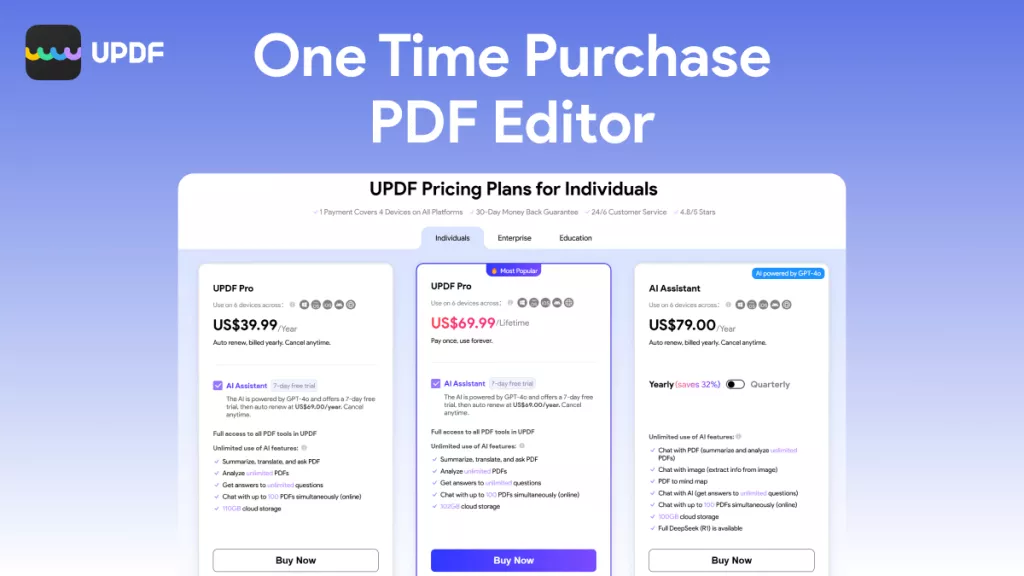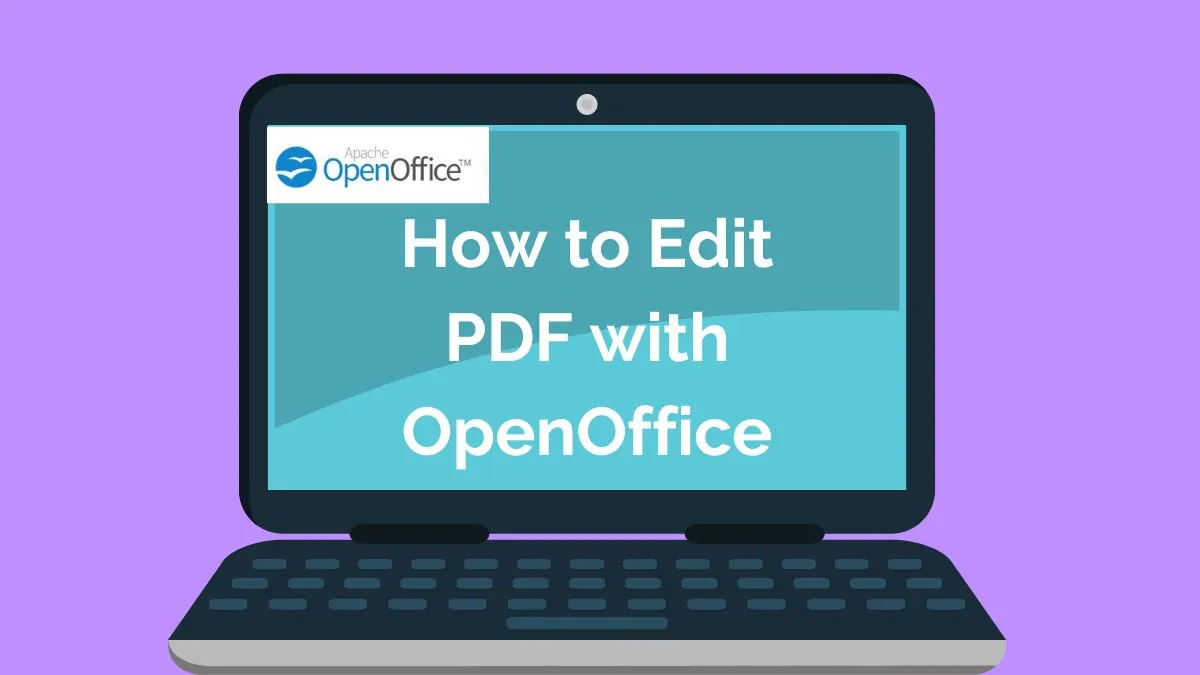Before We Begin
Those who are planning to add links with Acrobat should know that the hyperlink feature in Adobe Acrobat is locked behind its paid version. The free Acrobat Reader doesn’t let you create new links, and the subscription cost for Acrobat Pro is often too high. That’s why I recommend trying UPDF, a much more affordable PDF editor.
UPDF not only lets you add hyperlinks with ease, but also comes with editing, annotating, converting, and OCR features. You can download UPDF here and try it out before deciding to upgrade.
Windows • macOS • iOS • Android 100% secure
PDFs are already among the most used document format. Sometimes I need to add clickable links to my documents for certain work-related needs. In this regard, hyperlinks can make navigation much easier to link to a website or another page in the same file.
This guide will walk you through how to add a hyperlink in Adobe Acrobat, including instructions for creating both web links and internal page links. I’ll also show you an affordable alternative tool, UPDF, that makes hyperlinking and other PDF editing tasks simple.
Part 1. How to Create a Hyperlink in Adobe Acrobat
Acrobat Pro facilitates you with direct integration of links without requiring any third-party plugins. However, you might tend to overlook it because it’s hidden under Acrobat’s editing tools. Walk through this guide to learn how to create hyperlink in Adobe Acrobat:
Step 1. Access the Edit PDF Feature
After opening PDF in Adobe Acrobat, go to “All Tools” and select “Edit a PDF”.
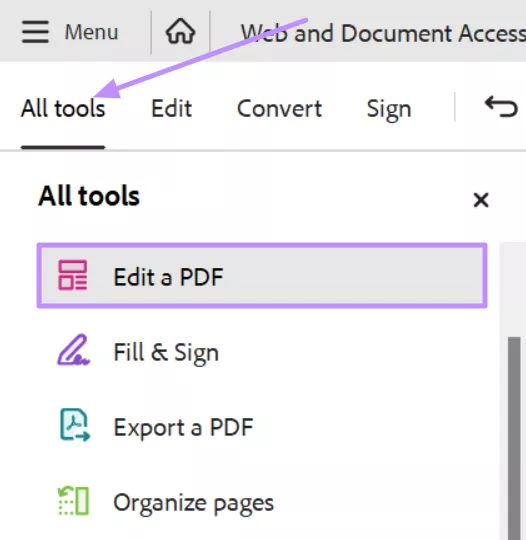
Step 2. Choose the Link Tool
Then, click “Link” in the secondary toolbar and choose “Add or edit a link”. You can then drag a rectangle over the text or image you want to be clickable.
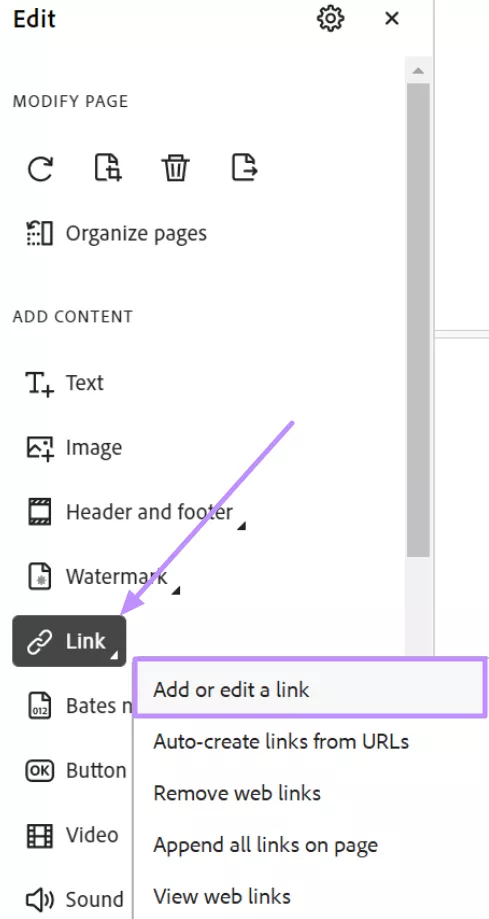
Step 3. Configure Link Appearance
In the Create Link dialog, select options like Invisible rectangle or Visible rectangle, choose border style, thickness, and color.
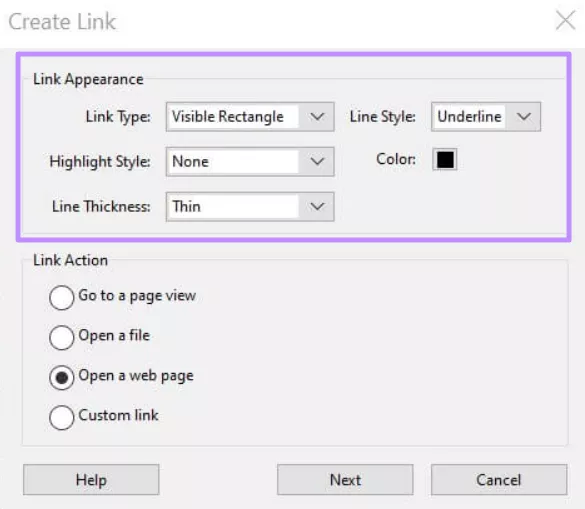
Step 4. Set Link Target
- For a web link: choose “Open a web page”, then paste your URL.
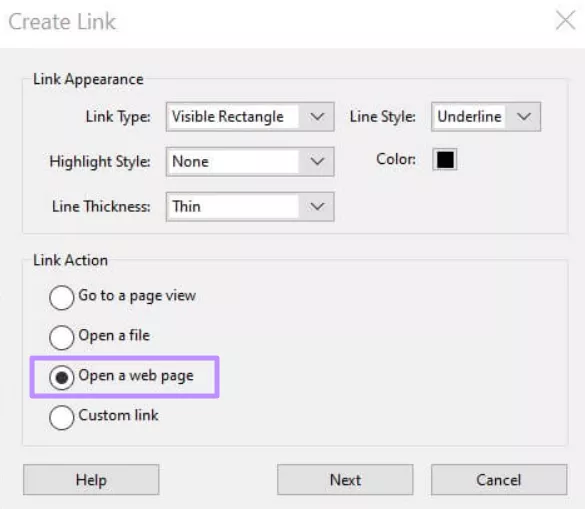
- For a document link: choose “Go to a page view” and set the page number you need. click “Next”, navigate to the target page, and hit “Set Link”.
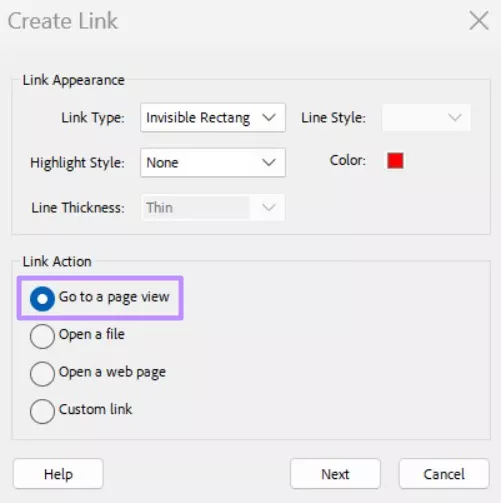
You can also use an alternative like UPDF if you don’t want to pay for Acrobat Pro. Let’s see how to add hyperlinks with UPDF in the next part.
Part 2. How to Add a Link in a PDF Without Acrobat
The main drawback of Adobe Acrobat is its extremely high cost for many users ($239.88/year). You’ll quickly realize that paying just to add a link isn’t worth it if you don’t already have a license. That’s where UPDF comes in as a reliable link-adding alternative.
UPDF is a full-featured PDF editor that costs much less than Acrobat. Still, it allows you to add hyperlinks and manage your PDFs with ease. You can download UPDF and try it for free to see if it fits your needs.
Windows • macOS • iOS • Android 100% secure
Here’s how you can add both web links and page links using UPDF:
Step 1. Open Your PDF in UPDF
Download and install UPDF on your device and launch the application. Click the “Open File” button to load the PDF you want to edit.
Step 2. Access the Link Tool
Go to the “Tools” panel and click the “Edit” mode. There, select the “Insert and Edit Link” icon. Your cursor will change, allowing you to draw a rectangle over the text where you want the link.
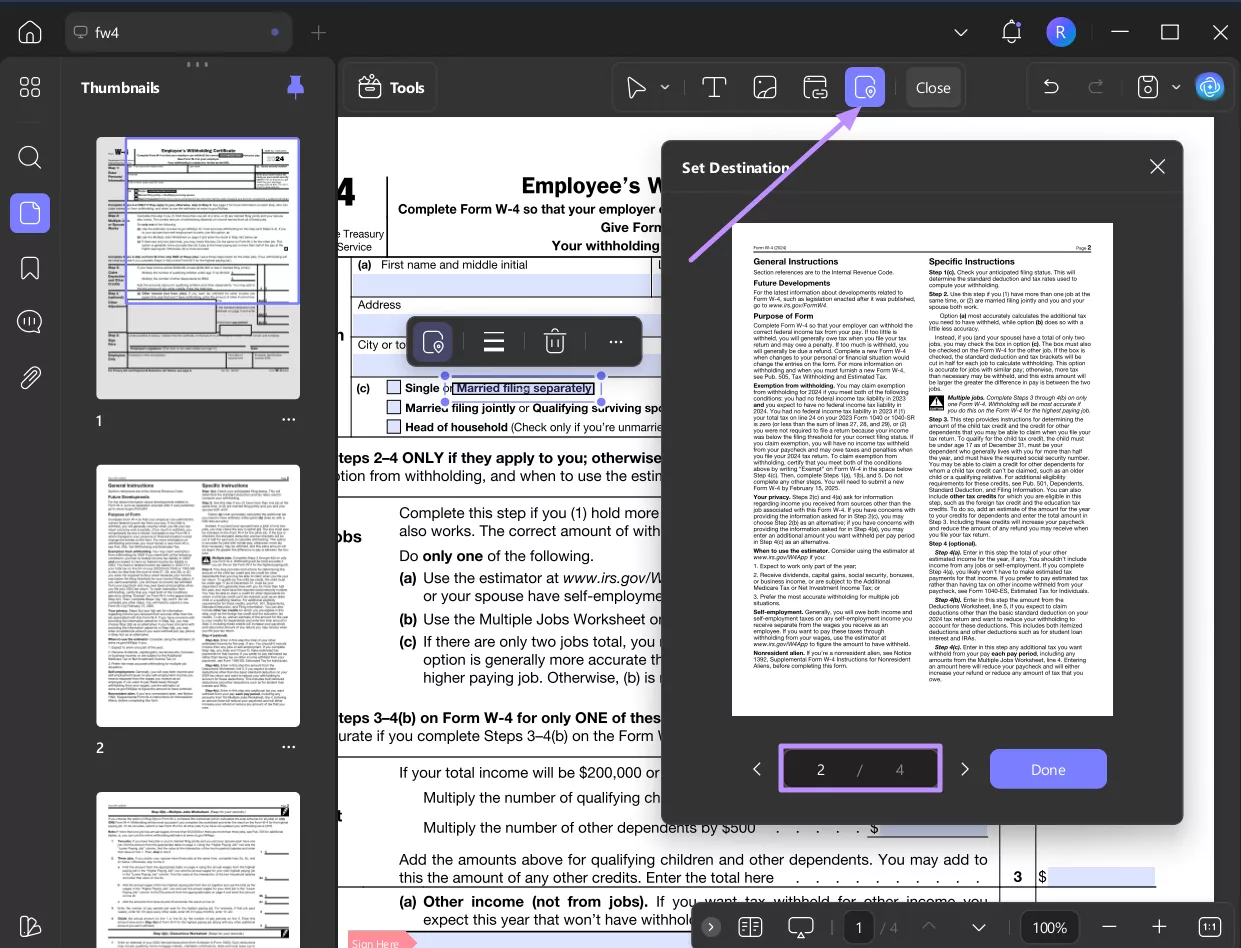
Step 3. Add a Web Link
After drawing the rectangle, a small toolbar will appear. Paste the target URL into the box. You can also customize the border’s thickness and style.
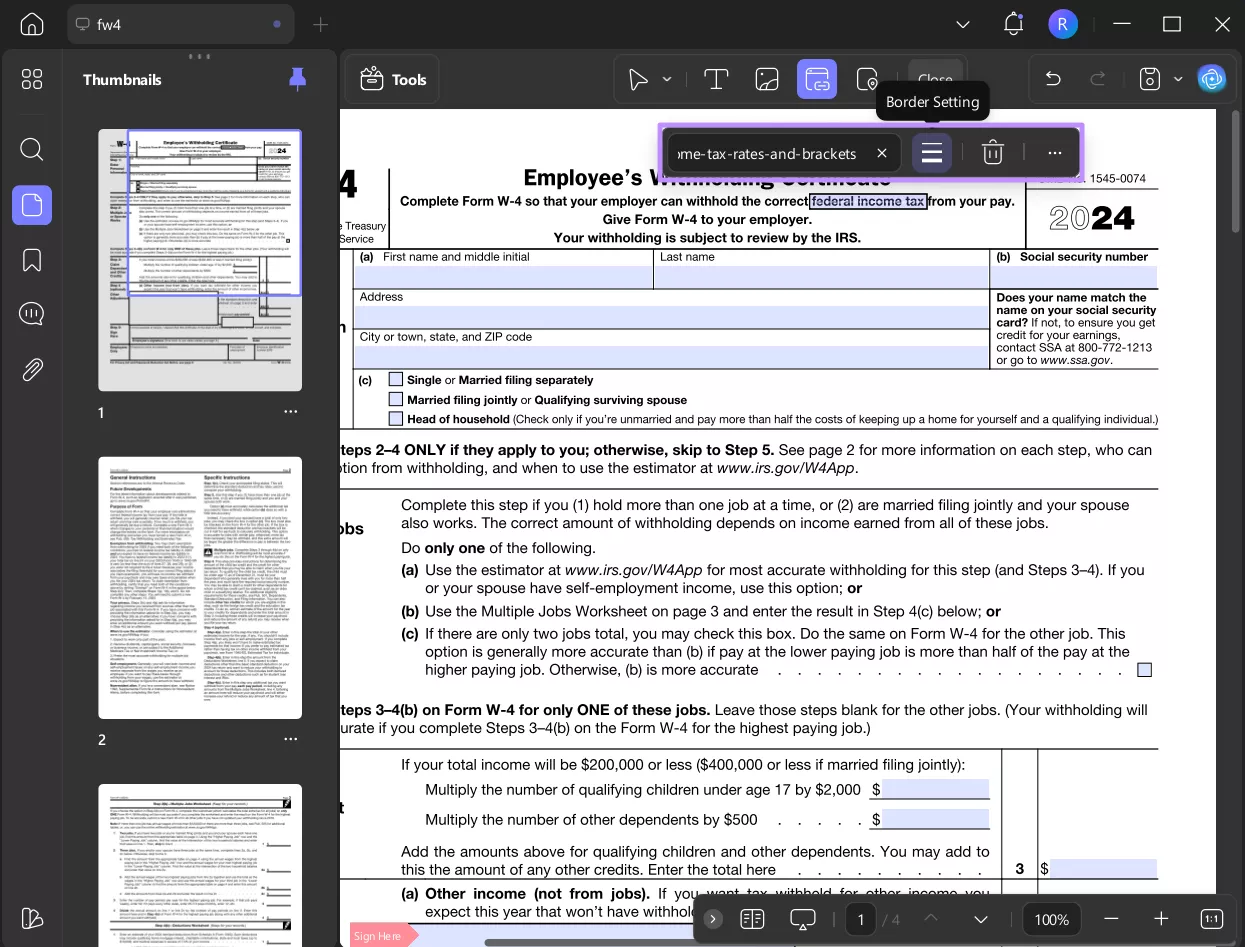
Step 4. Link to Page
To link to another page in the same PDF, click “Insert and Edit Link Page”, then enter the page number where you want the link to direct. Press Done to save.
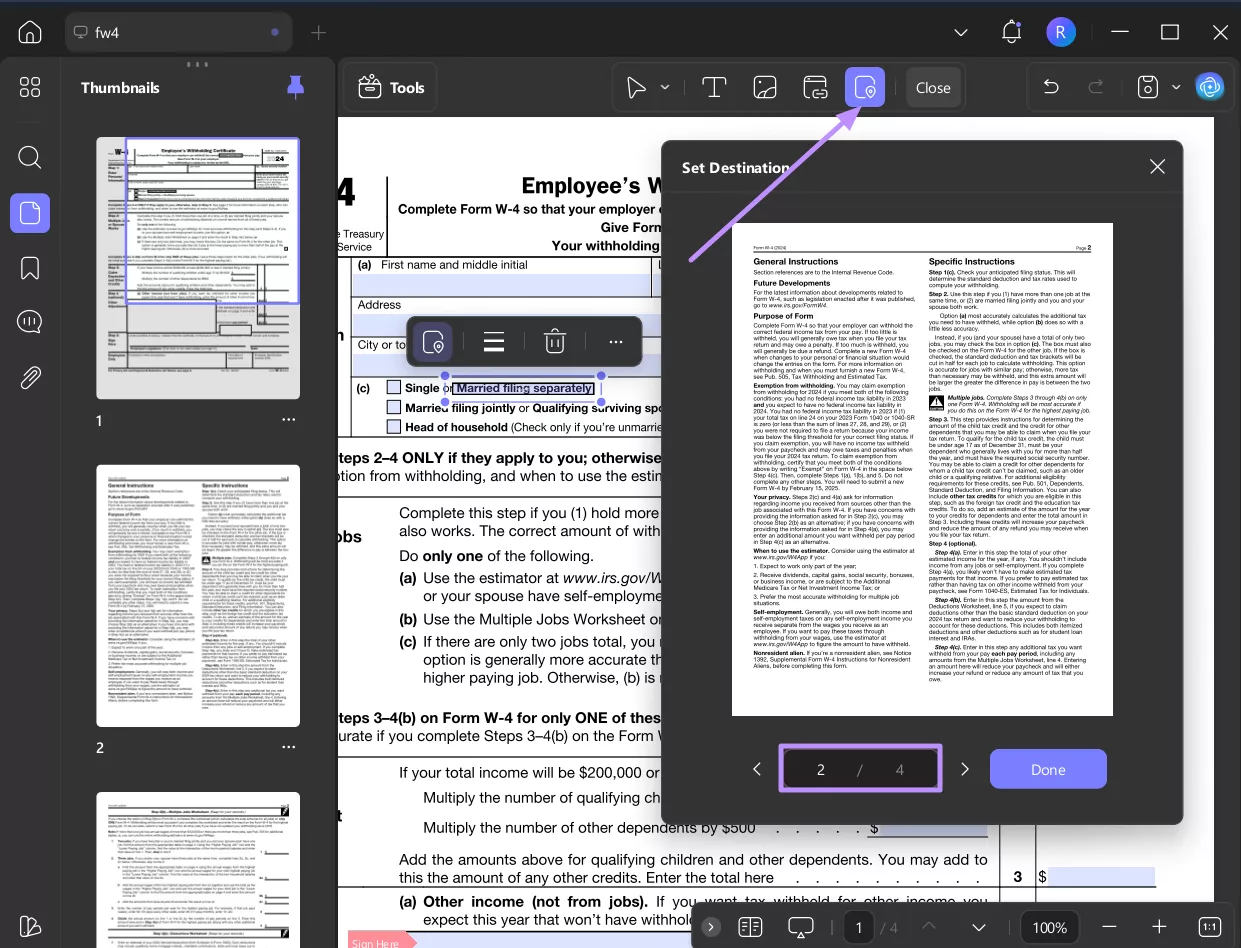
Step 5. Customize the Link Appearance
Use the border settings or three-dot menu to hide the rectangle, change its color, or edit the link later. This makes your PDF cleaner and more professional.
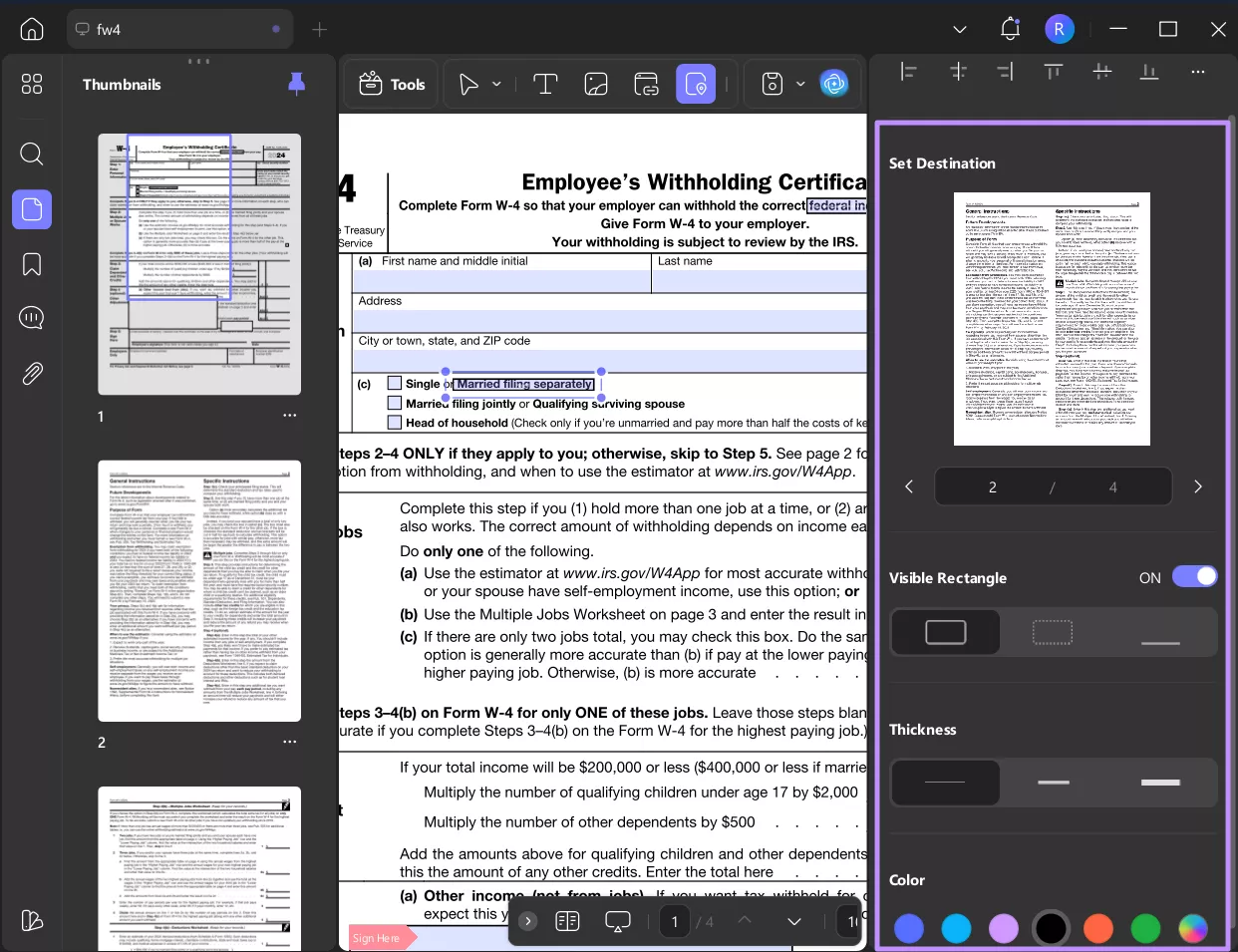
But UPDF doesn’t stop there. Aside from hyperlinking, it also includes many powerful features, like:
- Edit PDFs: Modify text, fonts, and images just like a Word processor.
- Annotate Documents: Highlight text, add sticky notes, or draw shapes for collaboration.
- Convert & OCR: Convert PDFs to Word, Excel, or PowerPoint and recognize text in scanned files.
- Organize Pages: Rearrange, rotate, split, or merge pages easily.
- Secure PDFs: Protect sensitive files with passwords or redact confidential information.
For a deeper look at UPDF, check out this video or read this detailed AppleInsider review.
With all these features at a lower cost, UPDF stands out as a smarter choice compared to Acrobat.
Part 3. FAQS About Adding a Link in PDF with Acrobat
Q1. How to Hyperlink Adobe Acrobat Online?
Acrobat’s free online editor cannot create hyperlinks. According to Adobe, adding hyperlinks requires Acrobat’s editing tools (either the desktop Pro version or the paid online editor).
Q2. How to Open PDF link in Adobe Reader?
You can open a PDF link by simply clicking the hyperlink. A web URL will open in your default browser; an internal link (to another page) will jump there in Reader. For a separate PDF file link, it will open in your default PDF reader.
Q3. How to Add Link Action in PDF with Acrobat?
You can add link action in a PDF by going to All Tools > Edit a PDF > Link > Add or edit a link. Then, draw a rectangle and select the action type you need. Click Next, navigate to the target page and click “Set Link”.
Conclusion
In summary, we’ve covered how to insert a hyperlink in Adobe Acrobat to web pages and to pages within the PDF. This shows the standard Acrobat way but remember that Acrobat’s link tools require the expensive Pro edition.
UPDF offers the same functionality at a much lower cost. You’ll get all the PDF editing features under a single license. Download UPDF now and give it a try, and if you find it useful, consider purchasing UPDF Pro for lifetime access.
Windows • macOS • iOS • Android 100% secure
 UPDF
UPDF
 UPDF for Windows
UPDF for Windows UPDF for Mac
UPDF for Mac UPDF for iPhone/iPad
UPDF for iPhone/iPad UPDF for Android
UPDF for Android UPDF AI Online
UPDF AI Online UPDF Sign
UPDF Sign Edit PDF
Edit PDF Annotate PDF
Annotate PDF Create PDF
Create PDF PDF Form
PDF Form Edit links
Edit links Convert PDF
Convert PDF OCR
OCR PDF to Word
PDF to Word PDF to Image
PDF to Image PDF to Excel
PDF to Excel Organize PDF
Organize PDF Merge PDF
Merge PDF Split PDF
Split PDF Crop PDF
Crop PDF Rotate PDF
Rotate PDF Protect PDF
Protect PDF Sign PDF
Sign PDF Redact PDF
Redact PDF Sanitize PDF
Sanitize PDF Remove Security
Remove Security Read PDF
Read PDF UPDF Cloud
UPDF Cloud Compress PDF
Compress PDF Print PDF
Print PDF Batch Process
Batch Process About UPDF AI
About UPDF AI UPDF AI Solutions
UPDF AI Solutions AI User Guide
AI User Guide FAQ about UPDF AI
FAQ about UPDF AI Summarize PDF
Summarize PDF Translate PDF
Translate PDF Chat with PDF
Chat with PDF Chat with AI
Chat with AI Chat with image
Chat with image PDF to Mind Map
PDF to Mind Map Explain PDF
Explain PDF Scholar Research
Scholar Research Paper Search
Paper Search AI Proofreader
AI Proofreader AI Writer
AI Writer AI Homework Helper
AI Homework Helper AI Quiz Generator
AI Quiz Generator AI Math Solver
AI Math Solver PDF to Word
PDF to Word PDF to Excel
PDF to Excel PDF to PowerPoint
PDF to PowerPoint User Guide
User Guide UPDF Tricks
UPDF Tricks FAQs
FAQs UPDF Reviews
UPDF Reviews Download Center
Download Center Blog
Blog Newsroom
Newsroom Tech Spec
Tech Spec Updates
Updates UPDF vs. Adobe Acrobat
UPDF vs. Adobe Acrobat UPDF vs. Foxit
UPDF vs. Foxit UPDF vs. PDF Expert
UPDF vs. PDF Expert

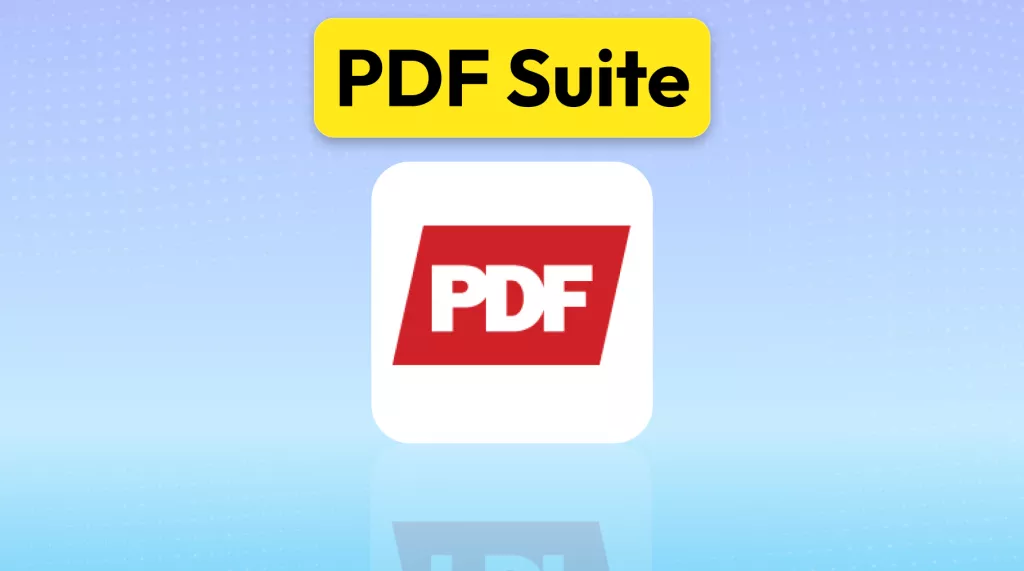
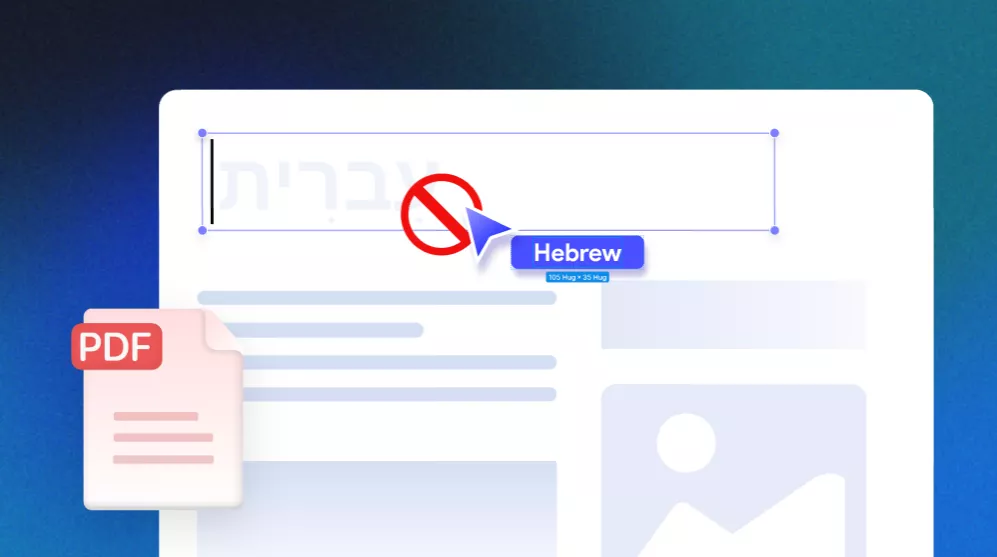




 Enrica Taylor
Enrica Taylor 
 Enola Miller
Enola Miller 
 Enid Brown
Enid Brown 